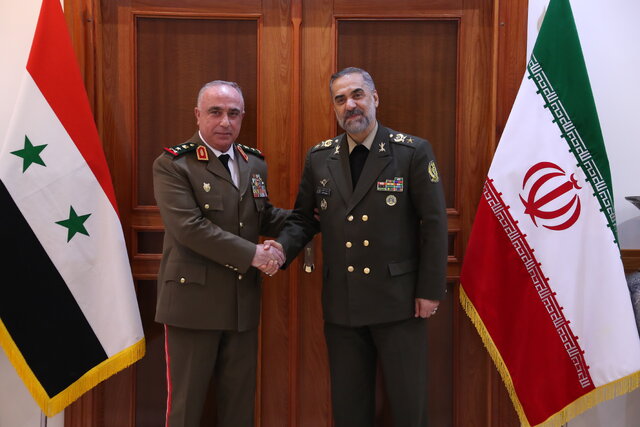
Iranian Defense Minister Mohammed Reza-Ashtiani meets with Abdul Karim Mahmoud Ibrahim, Chief of General Staff of the Syrian Army, 10 May 2023.
“Iran is now ready to use its capacities and capabilities to rebuild and contribute to the development of the infrastructure of the Syrian defense industry.”
The 12-year-old Syrian civil war appears to be nearing its end. As the Arab League re-embraces Syria and the international community begins to discuss reconstruction,[i] an opportunity from which Iran also seeks to profit,[ii] the Iranian Ministry of Defense also seeks to rebuild and reconstruct Syria’s military, according to the excerpted news story from Iran’s Holy Defense News Agency. While neither Tehran nor Damascus have yet reported an agreement for Iran to rebuild the Syrian military, the Iranian government expects repayment for its military investment in and dispatch of volunteers and advisers to Syria during the war.[iii] The recent visit of Iranian President Ebrahim Raisi to Syria, among other bilateral visits and exchanges, suggest that cementing and augmenting the Iran-Syria axis is a strategic priority for Tehran. From the Iranian perspective, helping rebuild Syria’s defense sector achieves two goals. Strategically, it advances Iran’s goal of militarily eliminating Israel as a Jewish state, while operationally, it provides an important revenue stream for Iran’s domestic military industries.
Source:
“Amir Ashtiani: Amadegi Iran baraye komak beh Tawseah Zirsakht-e Sanaea’-e Defah-e Suriyah (Amir Ashtiani: Iran Ready to Help Develop Infrastructure for Syrian Defense Industry ),” Holy Defense News Agency (official news agency of Iran’s Defense Ministry), 10 May 2023. https://defapress.ir/fa/news/588336
Brigadier-General Mohammad Reza Ashtiani, Minister of Defense and Armed Forces Logistics, met with Lieutenant-General Abdel Karim Mahmoud Ibrahim, Chief of the General Staff of the Syrian Army. While commemorating the memory of General Haj Qasem Soleimani as a martyr in the fight against terrorism and for the security of the Syrian people and the region, Ashtiani stated, “Relations between the two countries are experiencing one of the best periods in their history. We have a strategic agreement, but this is rooted in our brotherly relations.”
The Minister of Defense and Armed Forces Logistics, stating that the recent visit of the Iranian president to Damascus and his welcome by the Syrian government and people indicates deep bilateral relations, added, “This trip and its agreements as well as the issues I discussed with the Syrian Defense Minister in Moscow and Damascus are on the agenda….”Ashtiani, emphasizing the work of the Joint Commission on Defense-Technical Cooperation between the two countries, said, “Be sure, the Ministry of Defense of the Islamic Republic of Iran is now ready to use its capacities and capabilities to rebuild and contribute to the development of the infrastructure of the Syrian defense industry, just as it stood alongside the Syrian armed forces during the war against terrorism.”
Notes:
[i] Syrian President Bashar al-Assad’s regime controls much of the country except for some northern districts occupied by Turkish forces or their proxies, and the far northeast of the county in which Kurds have established an autonomous administration. The war’s destruction has been vast. A quarter of the country’s population has fled creating a refugee crisis in surrounding counties, and many are Syrians are displaced inside Syria. In some towns, rocket strikes, battle damage, and looting by various militias and armies has rendered upward of 90 percent of the structures uninhabitable.
[ii] For example, see: Michael Rubin, “Iran’s Proposal To Build Railroads and Housing in Syria could Enrich IRGC” OE Watch, 11-2022. https://community.apan.org/wg/tradoc-g2/fmso/m/oe-watch-past-issues/429079/download
[iii] For example, see: Michael Rubin, “Iran: Basij Recruiting for Syria Fight” OE Watch, March 2016. https://community.apan.org/wg/tradoc-g2/fmso/m/oe-watch-past-issues/195441
Image Information:
Image: Iranian Defense Minister Mohammed Reza-Ashtiani meets with Abdul Karim Mahmoud Ibrahim, Chief of General Staff of the Syrian Army, 10 May 2023
Source: https://cdn.isna.ir/d/2023/05/10/3/62604330.jpg?ts=1683727966517
Attribution: Iranian Students’ News Agency

![Hongdu GJ-11 Sharp Sword[RG1] (Chinese unmanned combat aerial vehicle).](https://hg2wordpressfmsostor01.z2.web.core.usgovcloudapi.net/OE Watch Issues/2023-06/Shrimpton-01-Hongdu-GJ-11-Sharp-Sword-Chinese-unmanned-combat-aerial-vehicle.jpeg)
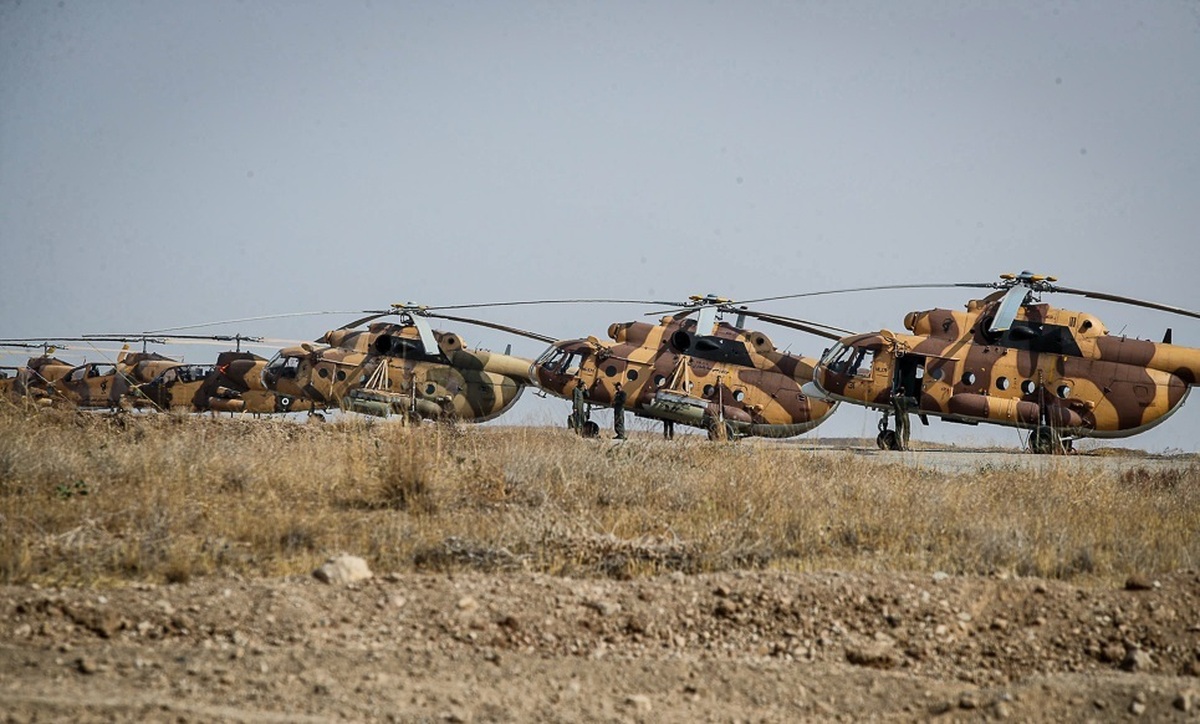
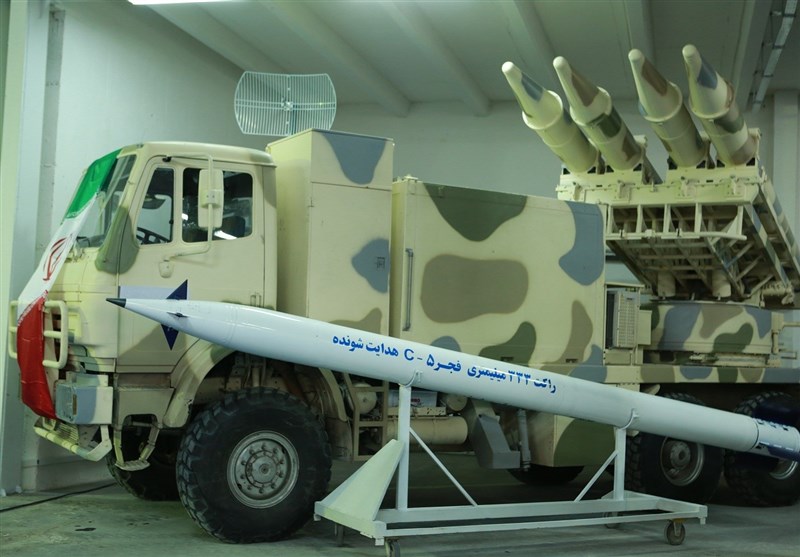
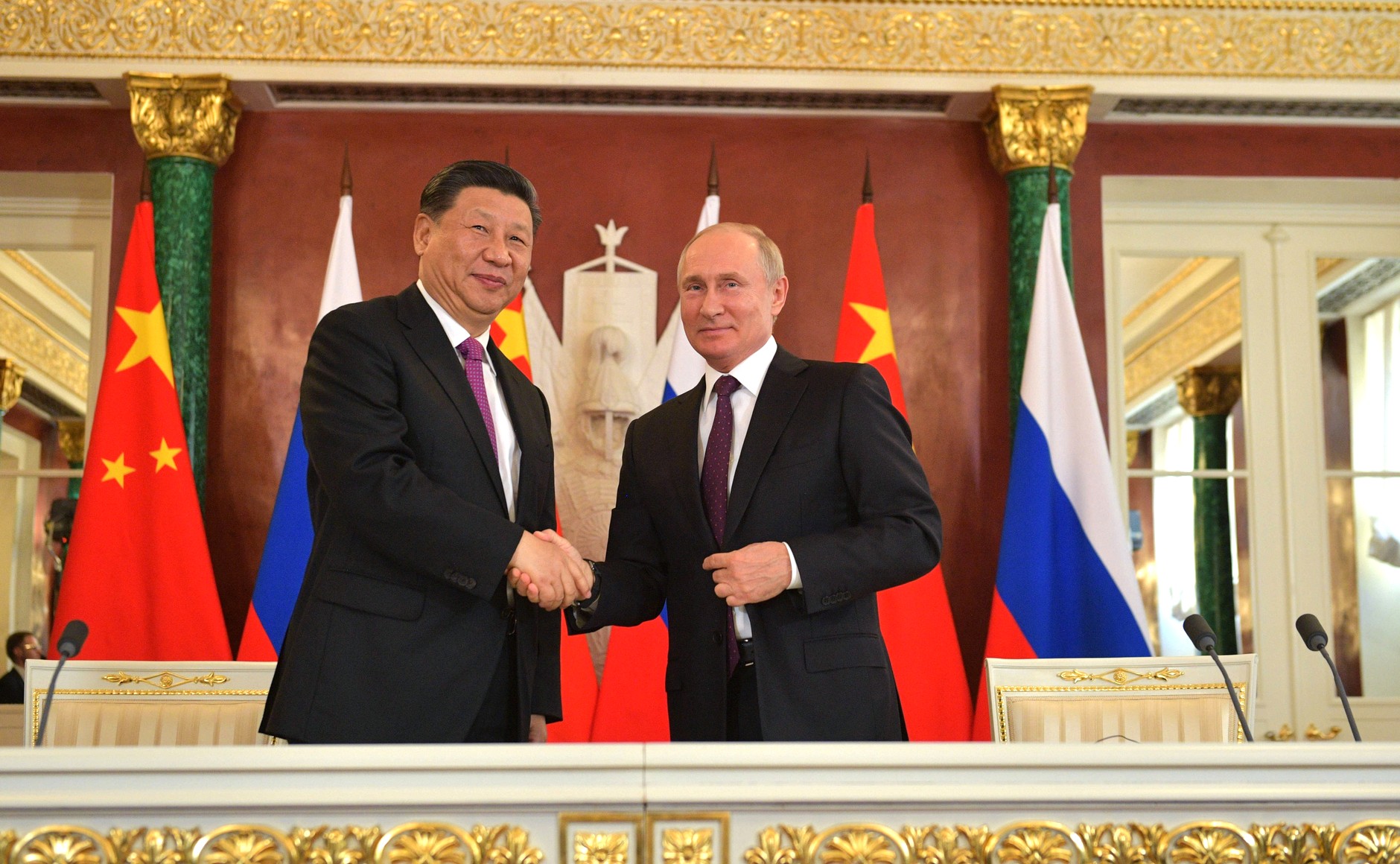
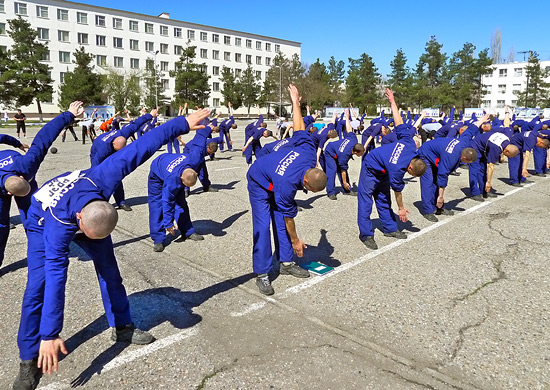
![In Kamchatka, MiG-31 [RG1] fighters of the Pacific Fleet worked out the interception of a mock enemy cruise missile (Author’s note: In spite of the Russian description, the MiG-31 looks to be air-to-air refueling).](https://hg2wordpressfmsostor01.z2.web.core.usgovcloudapi.net/OE Watch Issues/2023-06/Grau-01-MiG-31-fighters-of-the-Pacific-Fleet.jpeg)
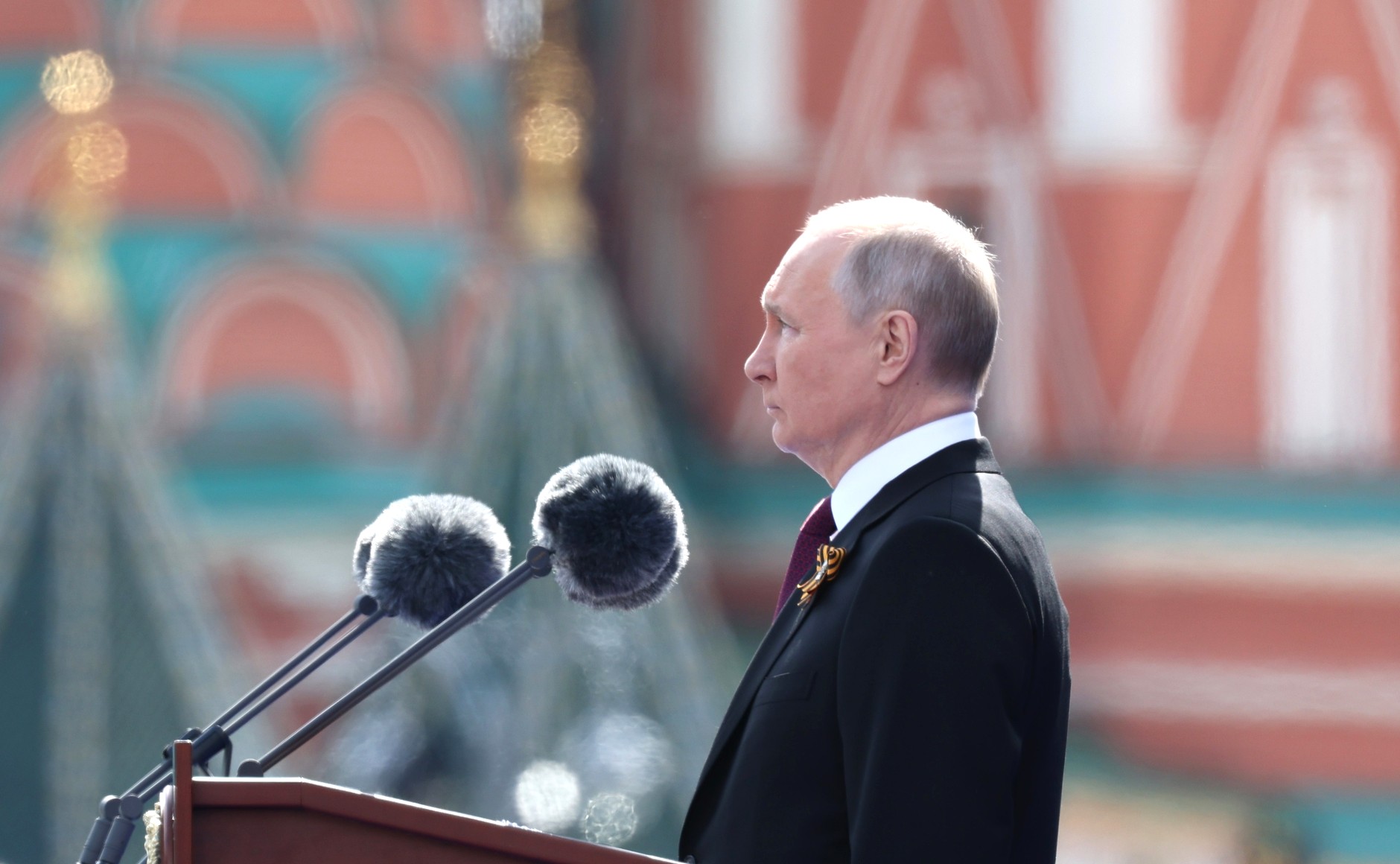
![Kh-47M2 Kinzhal on a MiG-31K[RG1] Victory Day Parade 2018 Moscow.](https://hg2wordpressfmsostor01.z2.web.core.usgovcloudapi.net/OE Watch Issues/2023-06/Billingsley-01-Kh-47M2-Kinzhal-on-a-MiG-31K.jpeg)